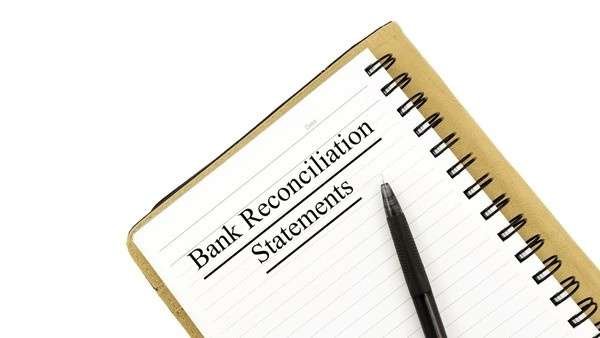In this article, we delve into the meaning, significance, and practical aspects of Bank Reconciliation Statement, a crucial tool in accounting to ensure accuracy in financial records and transactions.
Table of Contents
What is a Bank Reconciliation Statement?
H2: Definition and Purpose
A Bank Reconciliation Statement is a financial document that compares the bank’s records of an entity’s account with the entity’s own accounting records. Its primary purpose is to identify any discrepancies between the two sets of records and reconcile them to ensure accuracy and completeness.
Key Aspects of Bank Reconciliation Statement
- H3: Comparison of Records: It compares the bank statement provided by the bank with the entity’s cash book (or ledger) maintained internally.
- H3: Identification of Differences: It identifies and explains differences such as outstanding checks, deposits in transit, bank charges, and interest earned not recorded in the entity’s books.
- H3: Reconciliation Process: It involves adjusting the entity’s records to match the bank’s records by making necessary journal entries.
Importance of Bank Reconciliation Statement
H2: Significance and Benefits
Understanding why bank reconciliation statements are crucial for businesses and individuals:
- H3: Accuracy Verification: Ensures that the cash balance reported in the entity’s accounting records matches the balance reported by the bank.
- H3: Fraud and Errors Detection: Helps detect errors, discrepancies, or potential fraudulent activities such as unauthorized transactions.
- H3: Financial Control: Provides financial control and oversight by reconciling transactions regularly, thereby improving financial management and decision-making.
Example of a Bank Reconciliation Statement
H2: Illustrative Scenario
Let’s consider an example to illustrate how a bank reconciliation statement works:
- H3: Bank Statement: The bank provides a statement showing a balance of $10,000 as of a certain date.
- H3: Entity’s Records: The entity’s cash book or ledger shows a balance of $9,500 for the same period.
- H3: Differences Identified: Upon reconciliation, it is found that outstanding checks totaling $500 and a bank service charge of $50 were not recorded in the entity’s books.
- H3: Adjustments Made: Adjustments are made by deducting the outstanding checks and bank charges from the bank balance in the entity’s records to reconcile to the correct cash balance of $10,000.
Process of Bank Reconciliation
H2: Steps Involved
Understanding the sequential steps involved in preparing a bank reconciliation statement:
- H3: Gather Statements: Collect the bank statement and the entity’s cash book or ledger for the same period.
- H3: Compare Transactions: Match each transaction on the bank statement with the corresponding entry in the entity’s records.
- H3: Identify Differences: Note any discrepancies such as outstanding checks, deposits in transit, bank fees, or interest earned.
- H3: Make Adjustments: Adjust the entity’s cash book to reflect the correct balance by recording necessary adjustments.
- H3: Reconcile Balances: Ensure that the adjusted cash balance in the entity’s records matches the ending balance on the bank statement.
Conclusion
In conclusion, a bank reconciliation statement is a vital tool used in accounting to verify and reconcile the differences between the cash balance reported by the bank and the entity’s accounting records. It plays a crucial role in ensuring financial accuracy, detecting errors or fraud, and maintaining effective financial control. Understanding the process and importance of bank reconciliation statements is essential for businesses and individuals alike to manage their finances effectively and make informed financial decisions.
References
- Accounting standards and guidelines on preparing bank reconciliation statements.
- Practical examples and case studies illustrating the application of bank reconciliation statements in various business scenarios.
- Financial literature and resources discussing the significance of bank reconciliation in financial management and control.





